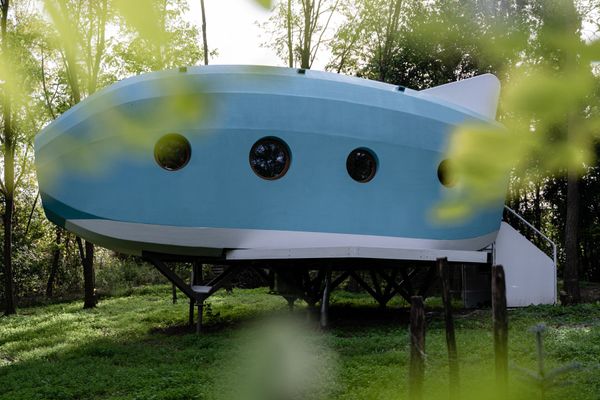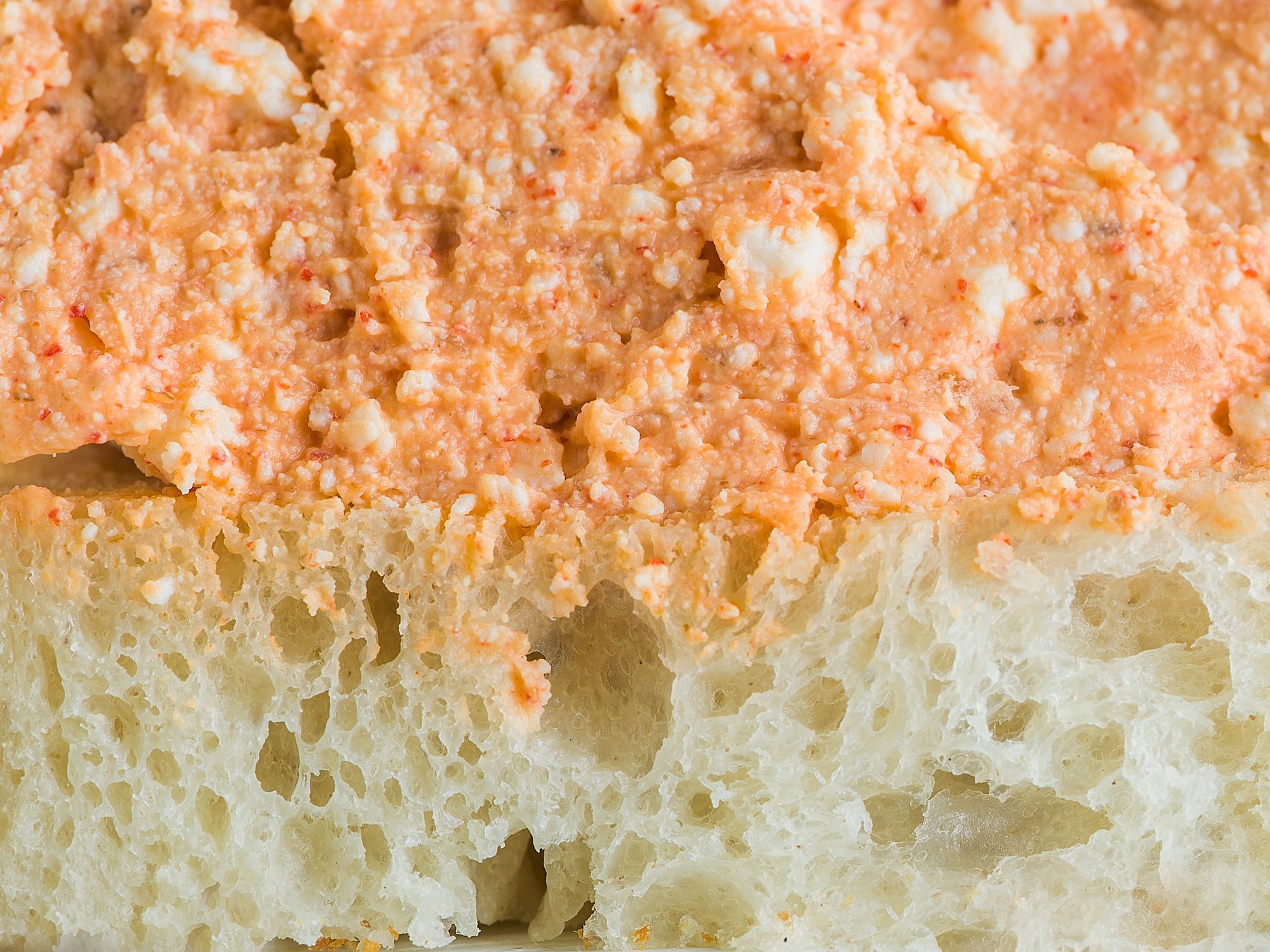We like to showcase our culinary culture in the magazine. Two years ago, in our Büfé series, we presented a selection of iconic Hungarian gastronomic products every month, while last year we captured various unusual food experiences with the help of photos. In 2023, we’re launching a new series that explores the steamy halls of retro cafeterias and eateries—join us at the Canteen for a quick breakfast or a filling lunch!
The concept of public catering has been known for a long time, as this method provided food for both soldiers and the civilian population during wartime. The idea was to produce food in large quantities and under standardized conditions to satisfy the hungry population quickly and relatively cheaply. The in-depth development of the process began during the industrial revolution, when the working class emerged due to the expansion of factories. In Hungary, the issue gained urgency after the world wars, and in 1947 the Supreme Economic Council of Hungary delineated and set up the so-called Ételgyár (Food Factory—the Transl.), which provided meals for more than 50,000 people. One of the main reasons for creating this type of facility was that many women became factory workers, and it would have been difficult for them to fit cooking into the already idealized working women’s daily routine. Naturally, the socialist regime was reluctant to admit this, propagating the equal assumption of the roles of mother, wife, and working woman.

From the 1960s onwards, the self-service system became common, and the concept of the “lunch lady” was introduced. The menu was not complicated: the daily offer consisted of a soup, a main course, and one or two specials, and service time was reduced to 15-20 minutes. The fast food business later developed two Hungarian definitions: firstly, in 1971, the vending machines of the MÁV Utasellátó (Passenger Catering Services of the Hungarian State Railways—the Tranl.), which made the offer of railway restaurants even more accessible; and second, in 1984, City Grill, which launched a chain of restaurants serving burgers as a domestic competitor to McDonald’s. Their golden age lasted until the regime change, and their last unit only closed in 1996. Meanwhile, in the 1980s and 1990s, nutritional guidelines became more widespread in public catering as a counterpoint to fast, unhealthy food, although school and factory canteens did not follow suit for some time. Sugary canteen tea was still more common than fresh juice, even though the public kept warm fond of these flavors. A quick side-note: in 2010, the “Mintamenza Program”, a model cafeteria program was launched, supplemented by a government decree in 2014, with crucial conditions such as reducing salt consumption or banning high-fat meat products.

But what were the (ready-to-serve) meals that were available everywhere? The most simple ones didn’t even require a stove or oven: these were the sandwiches. Although brunch, a leisurely mid-morning meal combining breakfast and lunch, is becoming increasingly popular these days, in this context practicality was the key factor. Their popularity has much to do with the fact that they are versatile, easy to prepare and transport, and can be eaten standing at the counter or on the go. The degree of sophistication and the position of the ingredients on the scale between modest and luxurious is a matter of individual preference, but it is clear that Hungarian culinary creativity has always excelled in this respect.

Although a lot of people started the day at home with a slice of buttered bread, lunch for many also meant a sandwich, but canteens also offered afternoon snacks. Typically, a bread roll or thickly sliced white bread was complemented by cold cuts or cream cheese, butter or margarine, or perhaps some kind of pâté or a sandwich spread. Vegetables were not common, appearing only symbolically in the form of a few slices of tomato, pepper, or a single leaf of lettuce. Popular sandwich spreads included creamy egg salad, körözött (a spicy cottage cheese spread—the Transl.), and liver mousse, in better places made with duck or goose liver, as rillette. Their drawback was that they spoiled faster and required refrigeration, so they were only worth making in places with higher turnover and refrigeration. However, they had the advantage of keeping baked goods fresher, even if they were not freshly baked, thanks to their moisture content.

As for the cold cuts, baloney was popular, and later hams enriched with additives and other animal parts, but Pick Szeged, a company famous for its salami, also produced different kinds of meat products throughout the last century. The public bought these for home use as well, but it was a different experience to receive them in a ready-to-serve meal—the familiar flavors offered comfort, but without the time spent making them. This is similar to the nostalgia some feel for the milk bar scene that was popular at the turn of the century, where freshly baked kifli, strudel, milk, and cocoa were served. But as we moved away from the folk tradition and as the ingredients have become scarcer, the pace of everyday life has quickened, and our sandwiches certainly reflect that.
We’ll be featuring another dish next month, so stay tuned!
Photos: László Sebestyén
Source: Napi Történelmi Forrás, Magyarországom.hu, We love Budapest

Inspiring women in contemporary folk art | TOP 5

Fasten your seatbelts, here comes Hello Wood’s flying cabin!










